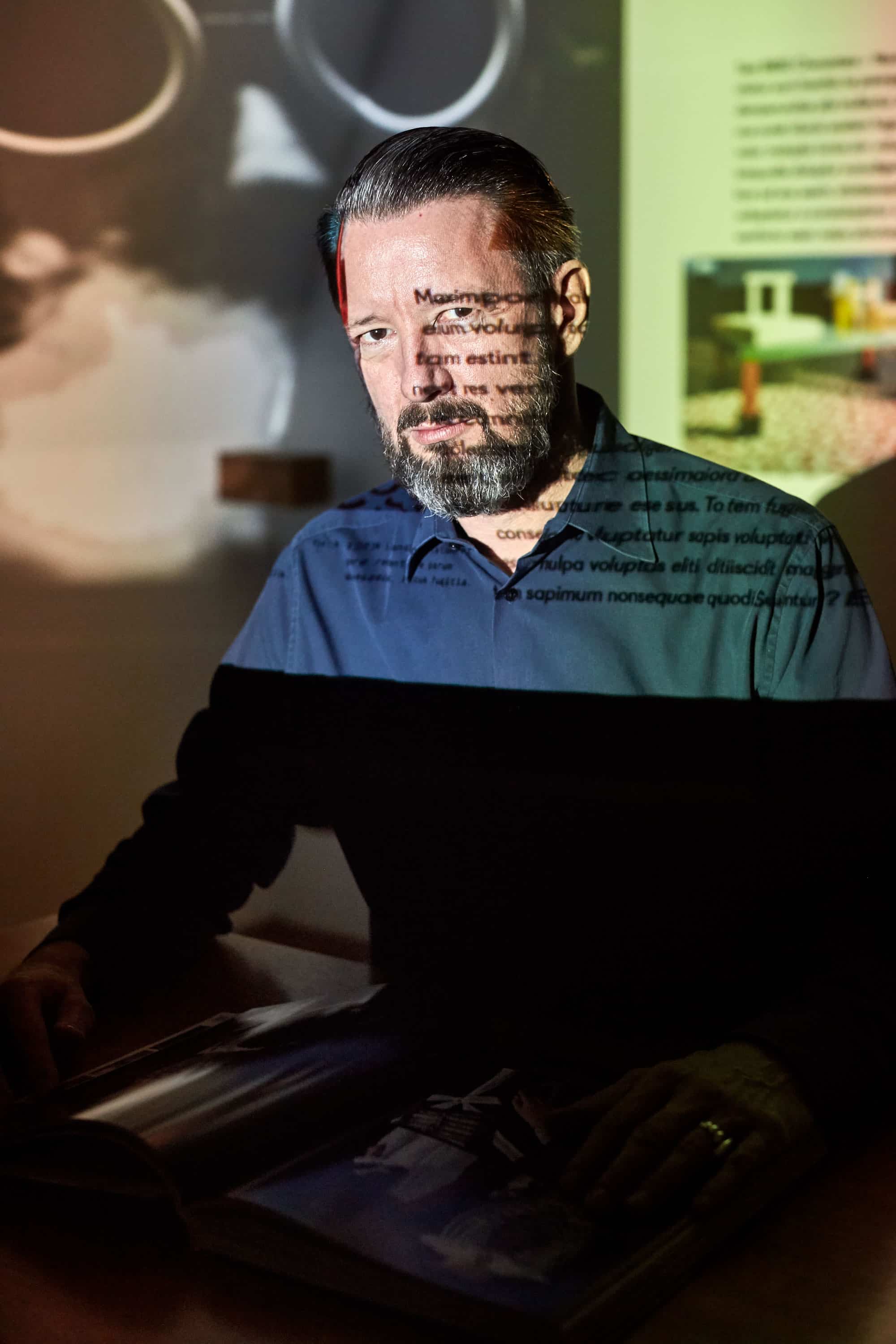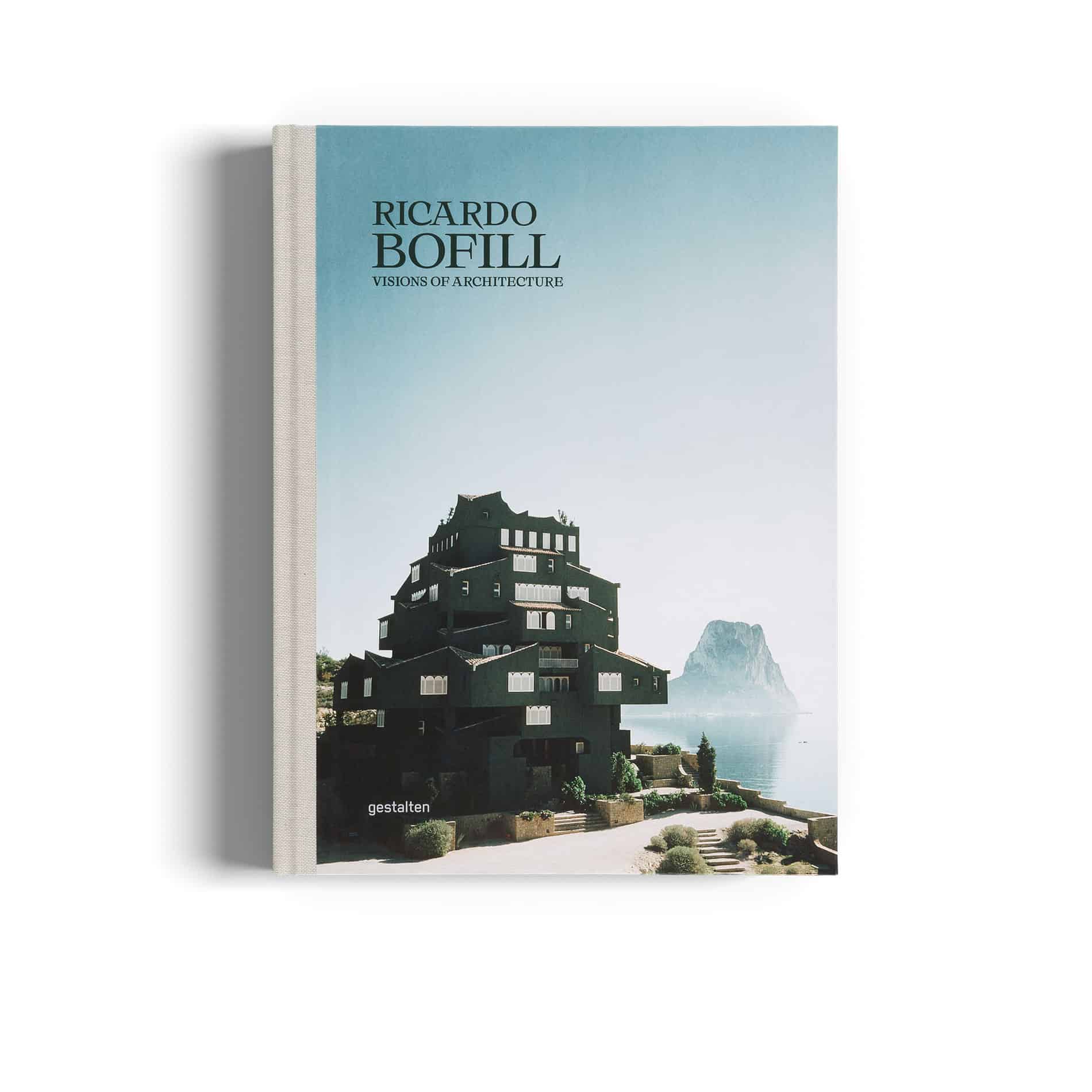I think that most of you will have had a gestalten’s book in your hand at some point. This publisher and creative agency is known mostly for their 600 books on art, architecture, design, photography and typography. Their story began with a focus on the aesthetic, particularly that of graphic design, and over the last two decades the scope of their content has widened. Today, using myriad observations of culture, people, art, and other intimate inspirational informants, they document and anticipate important movements in architecture; visual culture; design and fashion; escapism; food and beverages; travel; and contemporary art. In 2014, Little Gestalten joined the literary ranks and ensured that there was a place for readers of all ages.
I had the pleasure of speaking with Robert Klanten – the Founder and CEO of gestalten.
Robert Klanten, photo: Dan Smith
Dobromila Blaszczyk: What was your entry point into the world of publishing? What attracted you to the publishing industry, and why paper?
Robert Klanten: I studied design and after curating shows for the largest consumer fair in Frankfurt and getting to know and work with young designers and new product ideas, I realized how much I enjoyed working within that realm: the breeding ground for new ideas and for their exchange. Alongside these shows there was a print catalogue, which was one of my first print projects.
DB: What was the starting point to publish books by gestalten? I heard that you started with a focus on the aesthetic?
RK: As my own creative ventures started to change, so did the design world. The first computers were becoming affordable. Designers no longer had to rely on a fancy design studio; this was liberating. A graphic designer would simply buy a scanner, place something on it and have a finished design. Not only did this save a lot of time, but this also preserved the intimacy of the process between creator and craft.
DB: What was the first book that you published?
RK: The first book we produced – Localizer – was on record labels and techno clubs, it was a collection about the techno scene that was flourishing at the time. At first, it was to be for the people in the scene, who went to the parties, who made the music. But it turned out to be more appealing to agencies. When Nike sent a messenger to Berlin to pick up three copies of the book and airfreight them to Portland I started to think about creating a publishing business.
DB: Since that time, you have extended your interest. Now you publish books about art, culture, travel, books for children. In March you will publish another beautiful book about architecture, a monograph of one of the most important Catalan architects. Let’s treat this book as an example. What attracted you to this artist? Why did you decide to print a book about his oeuvre? Could you tell us something more about it?
RK: Ricardo Bofill belongs to a small group of visionary architects who do not only create buildings to celebrate the power of corporation but actually create a social and democratic vision for human residences.
DB: What is the most exciting part of the process for you? Can you guide us through the publishing process in a few steps (the conception/design process)? How many people work on one book? How long does it take?
RK: The special approach to theme-finding and editing is that gestalten develops ideas, topics and content internally. The publishing house works with creative individuals for a creative and curious readership that wishes to be inspired by the publications.
Generally, for every book that we publish we have an editor, a project manager, an image editor, a graphic designer, a production manager, people responsible for PR and digital, as well as a distribution and sales team. The entire production cycle from its conception to having it in stores takes about six months to one year.
DB: At what point do you start to work on a book: from an idea, after seeing an artist’s works, or do you need to receive the full content?
RK: Most of the ideas for our books are developed by our internal editorial team. Often, we then look for external experts, who become co-editors of our books. And only in a few cases (maybe 1 out of 20 projects) we accept submissions.
Edited by Lisa Barham










